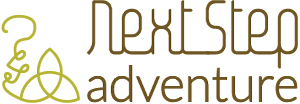Hope is a Verb
It’s hard to be hopeful when we’re bombarded with news 24/7. Sometimes it’s next to impossible to scare up the courage just to go out into a world where it’s ok for almost anyone to carry an automatic weapon.
Much less to speak up about what we believe, whether it’s a big issue–climate change or a small one. Well, after a fairly thorough search, I’m pretty sure there ARE no small problems. Maybe a few inconveniences.
But I read an article this afternoon in More Magazine that takes it down to the simplest of solutions. Go back to the things that comforted you in your childhood. Mira Bartok talks about rabbits, both literary and plush. She also writes of a photo of an absent friend on her fridge; I have a small gallery of mentors who have passed away on my dresser.
I can look into their eyes at the beginning of the day and find the courage to go out into the world to seek my fortune. I also have a necklace my friend Jill made me from beads she collected while she was in Peace Corps. When I was going through a particularly difficult time of my life I wore it to meetings where I felt vulnerable and needed the courage to tell my story.
That experience of reporting an incident of sexual harassment didn’t seem like it would change the world, but it’s exactly the kind of thing that can.
A young friend of mine, at great personal cost, brought charges against a doctor who harassed her. Her courageous action means he no longer can practice. She’s made it safer for women to trust the professionals we rely on.
Jane Goodall spoke at Drake University a few years ago. She sees a fairly dire future for the planet, her beloved chimpanzees and all of us. But she talked at length about hope and about the work she continues to do to turn the curve of climate change, “What else are you going to do? You can’t just give up!”












